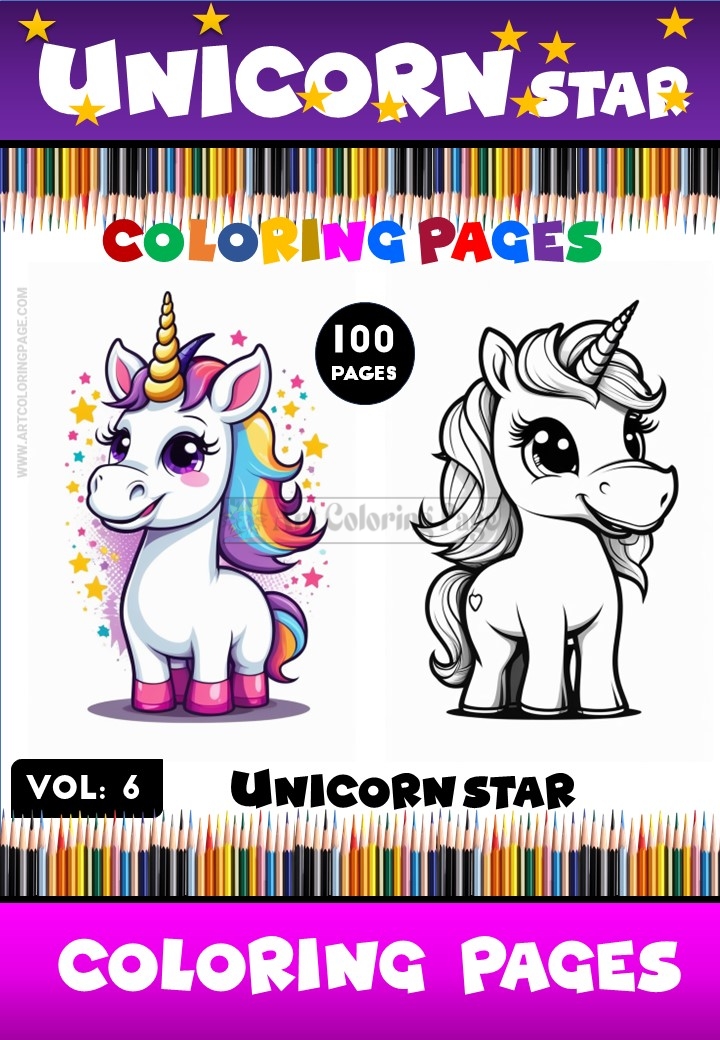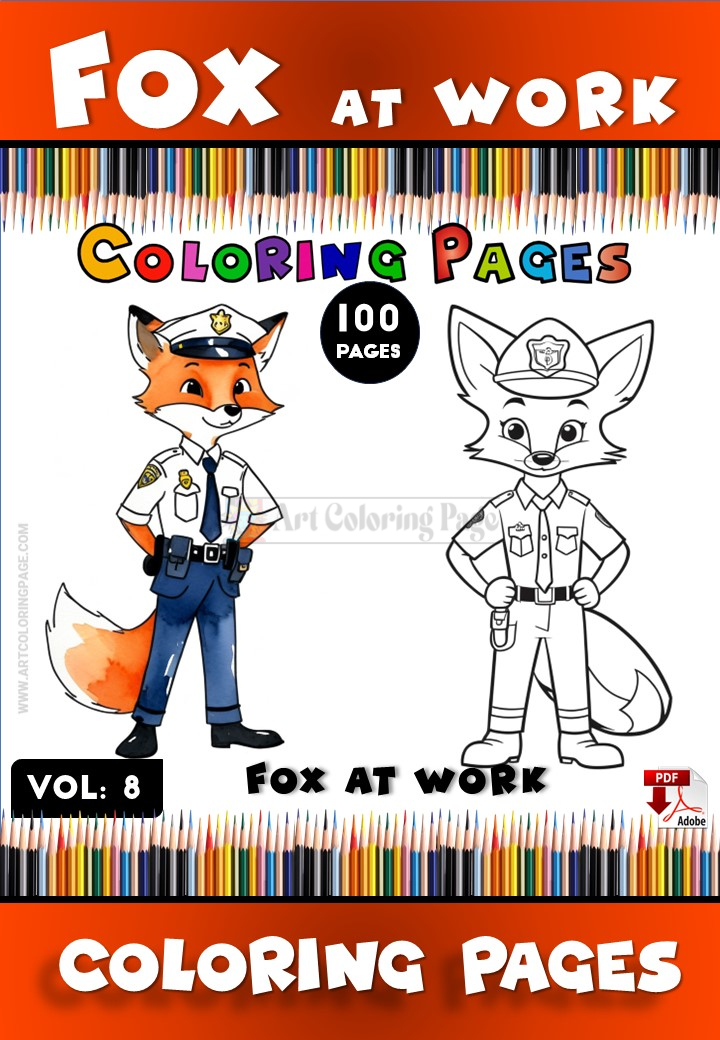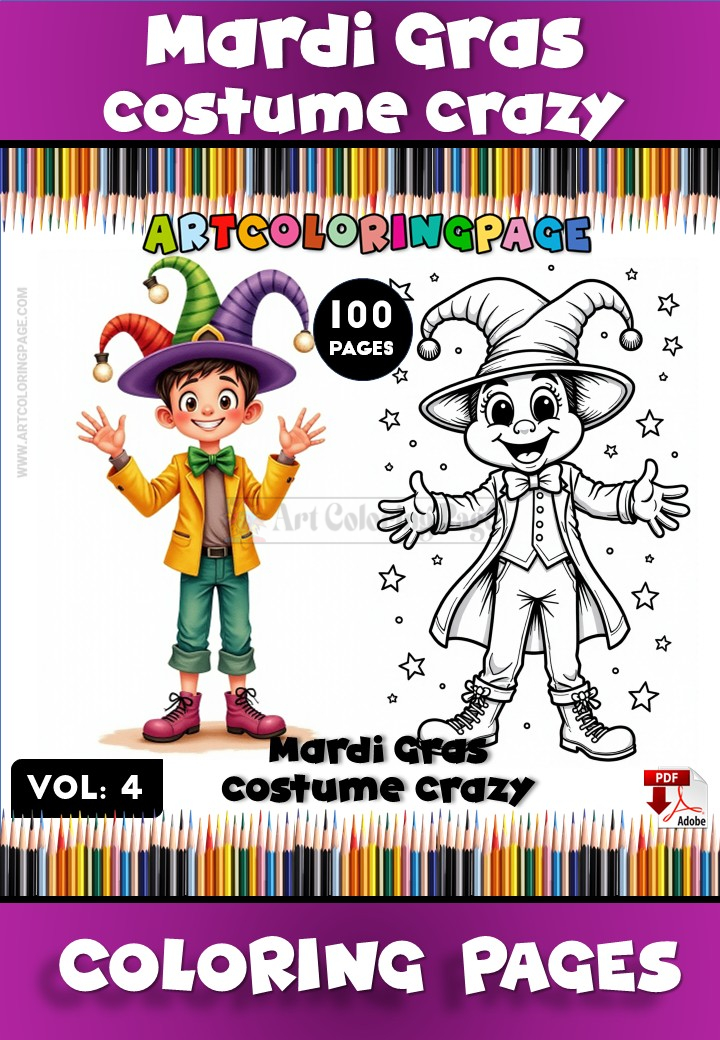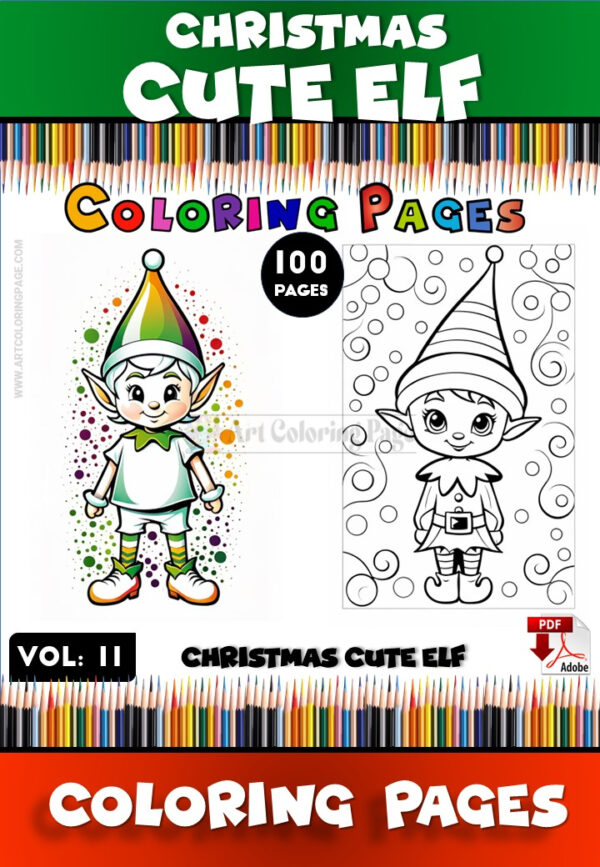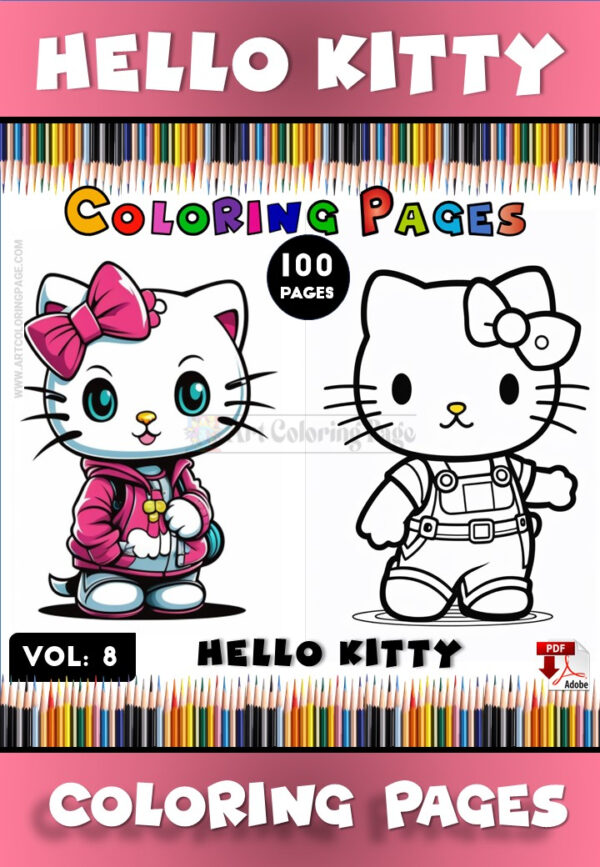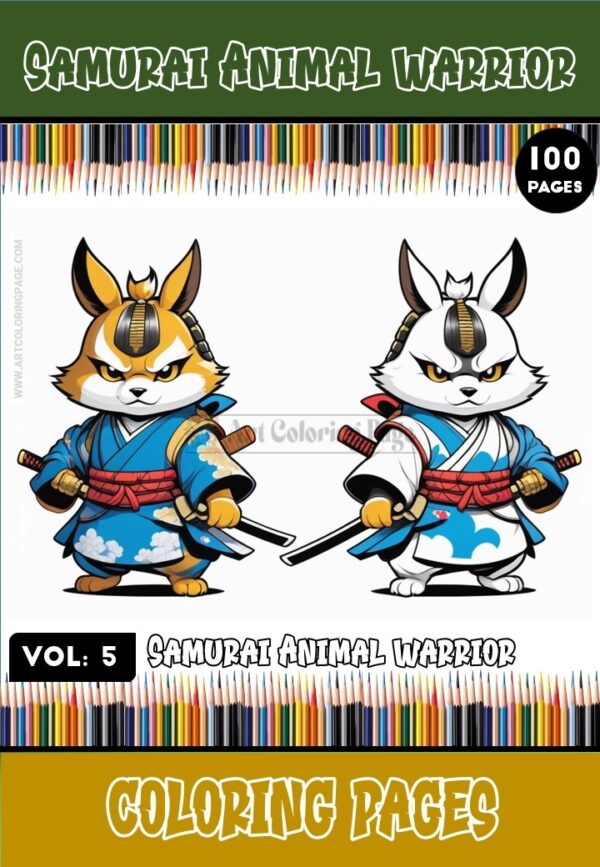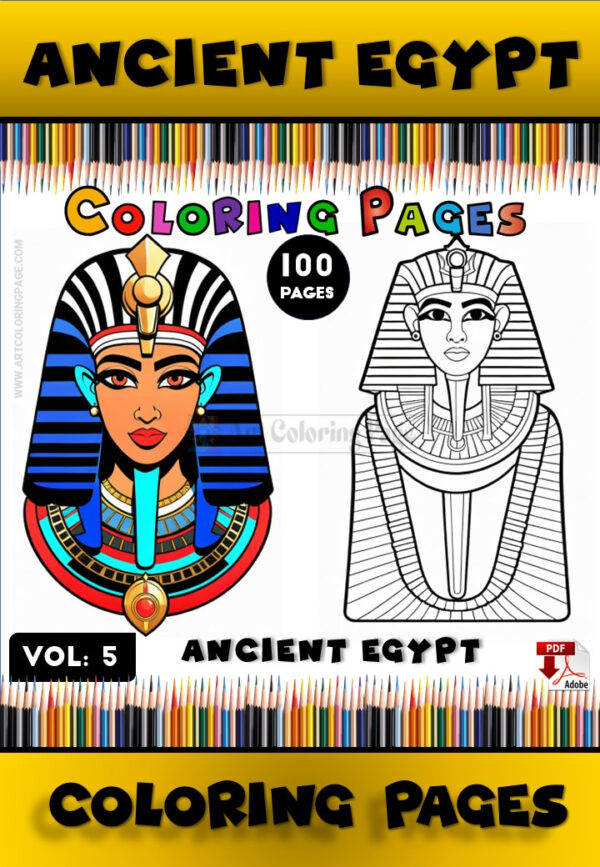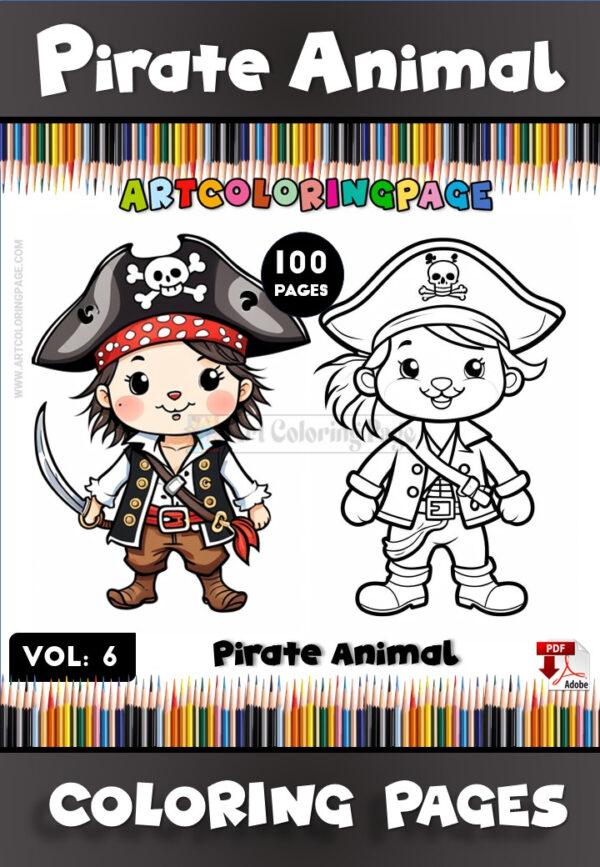Blogs coloring page
Thematic Coloring Pages to Print: A Seasonal Guide for Professionals
The rhythm of the year, marked by changing seasons and recurring holidays, offers a rich tapestry of themes that can captivate attention and inspire learning. For educators, parents, and anyone working with children or even adults seeking mindful engagement, coloring pages to print themed around these annual cycles provide a uniquely accessible and versatile tool. More than just a way to fill time, seasonal and holiday-themed coloring activities can be strategically employed to enhance educational objectives, foster emotional connections, and boost engagement across diverse age groups. This professional guide explores how to effectively leverage the power of thematic coloring pages throughout the year, transforming a simple artistic endeavor into a dynamic instrument for learning, creativity, and meaningful connection.
I. The Enduring Appeal and Multifaceted Benefits of Thematic Coloring
The popularity of coloring is undeniable, but when combined with relevant, timely themes, its benefits are significantly amplified. Understanding these advantages is key to utilizing thematic coloring pages to print with professional intentionality.
A. Enhanced Engagement and Motivation:
Themes tied to current seasons, upcoming holidays, or ongoing events tap into existing excitement and anticipation. A child is often more enthusiastic about coloring a pumpkin in October or a snowflake in December than a generic image. This intrinsic motivation leads to:
- Increased Focus: Relevance breeds interest, helping individuals concentrate for longer periods.
- Higher Participation: Thematic activities often feel like a celebration or special event, encouraging wider participation.
- Positive Associations: Linking coloring with enjoyable times of the year creates positive associations with creative activities.
B. Rich Educational Opportunities:
Thematic coloring pages are natural springboards for learning across various subjects:
- Science and Nature: Seasonal pages can introduce concepts like life cycles (spring flowers, autumn leaves), animal adaptations (winter animals), weather patterns, and astronomy (summer constellations).
- Social Studies and Culture: Holiday-themed pages offer opportunities to discuss cultural traditions, historical contexts, global celebrations, and community values. For example, coloring pages to print for Diwali, Hanukkah, or Lunar New Year can open doors to understanding diverse cultures.
- Language Arts: Themes introduce new vocabulary (e.g., “hibernation” in winter, “harvest” in autumn). Colored pages can also serve as prompts for storytelling, descriptive writing, or poetry.
- Mathematics: Concepts like symmetry (snowflakes, Valentine’s hearts), counting (items on a holiday page), and patterns can be subtly integrated.
C. Emotional Connection and Memory Making:
Seasonal and holiday activities are often intertwined with cherished memories and emotional experiences.
- Building Traditions: Incorporating thematic coloring into family or classroom traditions can create lasting, positive memories.
- Emotional Expression: Themes can evoke specific emotions (joy of holidays, coziness of winter), and coloring provides an outlet to explore and express these feelings.
- Sense of Time and Continuity: Marking the passage of seasons and annual celebrations through coloring helps individuals, especially children, develop a sense of time, rhythm, and continuity.
D. Reinforcement of Developmental Skills:
While all coloring aids development, themes can add another layer of purpose:
- Fine Motor Skills: The motivation to complete a festive image encourages practice in grip, control, and precision.
- Creativity and Decision Making: Choosing colors appropriate for a winter scene versus a summer beach involves thematic decision-making.
- Observational Skills: Noticing the specific details associated with a season or holiday (e.g., types of leaves in fall, decorations for a festival) is enhanced.
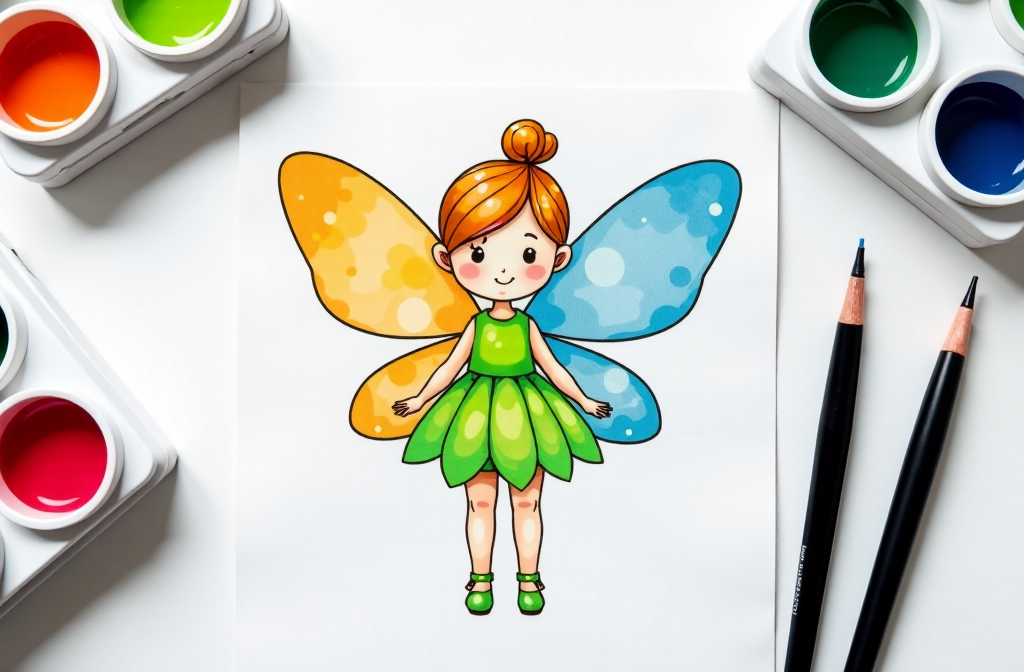
II. A Year in Color: Strategically Implementing Seasonal Coloring Pages to Print
Each season brings its unique character, color palette, and set of associated themes, offering a continuous flow of inspiration for coloring pages.
A. Spring: A Season of Renewal and Growth
Spring is characterized by new beginnings, vibrant life, and fresh colors.
- Key Themes:
- Nature’s Awakening: Blooming flowers (tulips, daffodils, cherry blossoms), budding trees, baby animals (chicks, lambs, bunnies), rainbows, rain showers, insects (butterflies, bees).
- Holidays & Celebrations: Easter (eggs, bunnies, religious symbols), St. Patrick’s Day (shamrocks, leprechauns), Earth Day (planet Earth, recycling symbols), May Day, Mother’s Day.
- Activities: Gardening, spring cleaning, picnics.
- Dominant Color Palettes: Pastels (pinks, lavenders, baby blues, mint greens), bright yellows, fresh greens, vibrant pinks.
- Educational Integration:
- Science: Discuss plant life cycles, animal life cycles, the water cycle, parts of a flower. Use coloring pages to print depicting these processes.
- Art: Explore color mixing to create pastels, discuss the symbolism of spring colors.
- Language Arts: Introduce spring-related vocabulary, write poems about spring, or create stories based on colored images of baby animals.
- Professional Tip: Pair coloring activities with outdoor exploration. After a nature walk to observe spring signs, provide relevant coloring pages to reinforce observations. Create a collaborative “Spring Mural” using individually colored elements.
B. Summer: Sunshine, Adventure, and Vibrant Hues
Summer evokes feelings of freedom, warmth, and outdoor adventures.
- Key Themes:
- Outdoor Fun: Sun, beaches, oceans, swimming, camping, hiking, picnics, barbecues, fireworks.
- Nature & Wildlife: Marine life (fish, dolphins, seashells), summer fruits (strawberries, watermelon), insects (fireflies, ladybugs), farm animals.
- Holidays & Celebrations: Fourth of July (USA – flags, eagles, fireworks; adapt for other national days), Father’s Day, summer solstice.
- Travel & Vacation: Landmarks, modes of transport, vacation scenes.
- Dominant Color Palettes: Bright blues (sky, water), sunny yellows, fiery oranges and reds, vibrant greens, sandy beiges, coral pinks.
- Educational Integration:
- Geography: Use coloring pages to print of maps, famous landmarks, or different ecosystems explored during summer (beach, forest, mountains).
- Science: Learn about marine biology, the solar system (sun), insect life cycles, or heat and light.
- Social Studies: Discuss national symbols and the history behind national holidays.
- Professional Tip: Create “Summer Adventure Journals” where children can color pages related to their summer experiences or dream vacations. Design and color postcards to send to friends or family.
C. Autumn (Fall): A Tapestry of Warm Colors and Harvest Traditions
Autumn is a season of transition, marked by changing foliage, harvest, and cozy feelings.
- Key Themes:
- Nature’s Transformation: Falling leaves (maple, oak), acorns, pinecones, squirrels, deer, owls, migrating birds.
- Harvest & Abundance: Pumpkins, apples, corn, gourds, scarecrows, hay bales, farmers’ markets.
- Holidays & Celebrations: Halloween (jack-o’-lanterns, bats, spiders, costumes – ensure age-appropriateness), Thanksgiving (USA/Canada – turkeys, cornucopias, family gatherings; adapt to general harvest festival themes globally), Day of the Dead (Dia de Muertos).
- Back to School: School supplies, classroom scenes (early autumn).
- Dominant Color Palettes: Rich reds, deep oranges, golden yellows, warm browns, forest greens, muted purples.
- Educational Integration:
- Science: Discuss why leaves change color, animal preparations for winter (hibernation, migration), the life cycle of a pumpkin. Use coloring pages to print of different leaf shapes for identification.
- Social Studies: Explore harvest traditions around the world, the history of Thanksgiving, or the cultural significance of Halloween symbols.
- Art: Experiment with leaf rubbings incorporated into coloring pages. Discuss warm color schemes.
- Professional Tip: Create a “Gratitude Tree” where individuals color leaves and write something they are thankful for, especially around Thanksgiving. Use Halloween-themed coloring pages to print for controlled excitement, focusing on fun rather than overly scary aspects for younger children.
D. Winter: A World of Sparkle, Festivity, and Coziness
Winter brings colder weather, unique natural phenomena, and a host of festive celebrations.
- Key Themes:
- Winter Wonderland: Snowflakes, snowmen, icicles, snowy landscapes, evergreen trees, winter sports (skiing, ice skating).
- Wildlife in Winter: Arctic animals (polar bears, penguins), animals that hibernate or adapt to cold (deer in snow, birds at feeders).
- Holidays & Celebrations: Christmas (Santa, reindeer, ornaments, nativity), Hanukkah (menorah, dreidel), Kwanzaa (kinara, symbols), New Year (fireworks, clocks, celebrations), Winter Solstice.
- Cozy Indoors: Fireplaces, warm drinks, sweaters, mittens.
- Dominant Color Palettes: Cool blues, whites, silvers, grays, deep greens, festive reds, golds (for holidays).
- Educational Integration:
- Science: Study the science of snow and ice (states of matter), animal adaptations to cold, concepts of hibernation and migration. Use coloring pages to print of snowflake designs to discuss symmetry.
- Mathematics: Count items on holiday pages, explore patterns in wrapping paper designs (which can be colored).
- Social Studies/Culture: Discuss diverse winter holiday traditions from around the world, fostering inclusivity and understanding.
- Professional Tip: Use colored pages to create handmade holiday cards or gift tags. Create a “Winter Traditions” display showcasing colored pages representing different cultural celebrations.
III. Beyond the Calendar Seasons: Expanding Thematic Coloring Opportunities
While the four seasons provide a strong framework, numerous other themes can be effectively utilized throughout the year.
- Specific Holidays & Observances: Valentine’s Day (hearts, cupids), International Women’s Day, Grandparents’ Day, specific religious festivals not tied to a major season.
- Awareness Months/Weeks: Black History Month, Women’s History Month, National Poetry Month, Space Week – coloring pages to print related to key figures, symbols, or concepts can be powerful educational tools.
- Curriculum-Based Themes: Align coloring pages with specific educational units, such as:
- History: Ancient civilizations, historical figures, famous events.
- Literature: Characters and scenes from books being read.
- Science: Dinosaurs, space exploration, human anatomy, different biomes.
- Personal Milestones: Birthdays (cakes, presents, party scenes), personal achievements.
IV. Professional Implementation: Maximizing Impact and Ensuring Quality
To leverage thematic coloring pages to print effectively, a professional approach to selection and implementation is crucial.
A. Thoughtful Page Selection:
- Age-Appropriateness: Ensure complexity matches the developmental stage. Younger children need simpler designs with thicker lines; older individuals can handle intricate details.
- Quality of Design: Opt for well-drawn, clear images that are appealing and not overly cluttered.
- Inclusivity and Diversity: When selecting holiday or people-themed pages, strive for representation that reflects diversity in culture, ethnicity, and ability.
- Educational Relevance: Choose pages that genuinely align with learning objectives or the intended thematic connection.
B. Purposeful Integration, Not Just Busy Work:
- Contextualize the Activity: Introduce the theme before coloring. Discuss relevant vocabulary, concepts, or traditions.
- Link to Broader Learning: Connect the coloring activity to stories, songs, discussions, experiments, or field trips.
- Set an Intention: What is the primary goal of this coloring activity? Fine motor practice? Vocabulary building? Cultural understanding? Creative expression?
C. Material Considerations:
- Tool Choice: Offer a variety of coloring tools (crayons, colored pencils, markers, gel pens). The choice might be influenced by the theme (e.g., glitter pens for festive holiday pages, earthy tones for autumn).
- Paper Quality: While standard printer paper works, slightly thicker paper can enhance the experience, especially if using markers.
D. Display and Celebration of Work:
- Validate Effort: Displaying completed thematic artwork creates a sense of pride and acknowledges effort.
- Reinforce Themes: A seasonal display of colored pages can transform a classroom or home environment, immersing everyone in the current theme.
- Portfolio Creation: Encourage individuals to keep a “seasonal portfolio” of their best work.
E. Sourcing Quality Printable Resources:
- Look for reputable educational websites, artist-created pages, or platforms that offer a wide variety of high-quality, appropriate coloring pages to print.
- Be mindful of copyright if sourcing from the internet; many sites offer free printables for personal or educational use.
V. Elevating Engagement: Interactive Strategies for Thematic Coloring
To deepen the learning and engagement associated with thematic coloring, consider these interactive approaches:
- Pre-Coloring Brainstorming: As a group, brainstorm elements, colors, and ideas related to the theme before distributing the pages.
- Guided Coloring/Discussion Prompts: During the activity, pose questions: “What colors make you think of winter?” “What sounds might you hear in this autumn scene?” “If this character could talk, what would they say?”
- Storytelling from Colored Pages: Once completed, use the colored pages as illustrations for original stories created by individuals or groups.
- Thematic Research Extensions: Encourage older individuals to research a fact related to their colored page (e.g., “Find out one interesting fact about polar bears” after coloring an arctic scene).
- Transforming Colored Pages: Use completed pages for other crafts – cut them out to make puppets, use them as backgrounds for dioramas, or incorporate them into collages.
VI. Conclusion: Coloring the Year with Purpose and Joy
Thematic coloring pages to print offer a remarkably versatile and impactful resource for year-round engagement and learning. By moving beyond the perception of coloring as mere entertainment and adopting a professional, intentional approach, educators, parents, and activity leaders can unlock a wealth of benefits. From reinforcing academic concepts and celebrating cultural diversity to fostering fine motor skills and sparking creative storytelling, seasonal and holiday-themed coloring connects individuals to the rhythms of the year and the world around them. By thoughtfully selecting, integrating, and extending these activities, we can transform simple sheets of paper and a handful of crayons into powerful tools that color the year with purpose, learning, and enduring joy.









